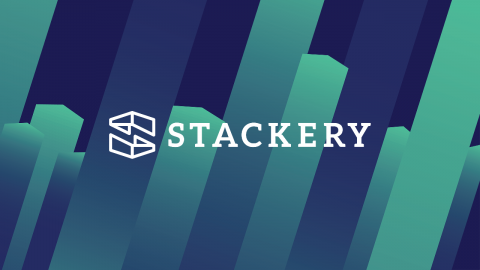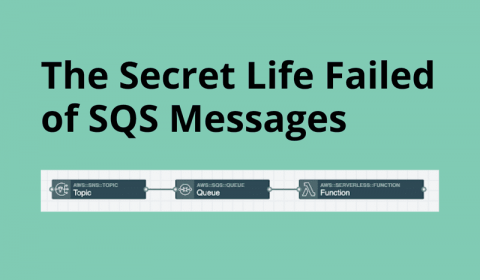re:Invent Serverless Talks - Scaling Up to Your First 10 Million Users
After months of planning and anticipation for sponsors, attendees, and speakers alike, it’s a bit surreal that re:Invent 2019 is actually upon us! In addition to setting up shop in the Expo hall with the team to chat with re:Invent guests about their current serverless development workflows (and how Stackery can supercharge it), I made sure to attend some choice presentations this week.







